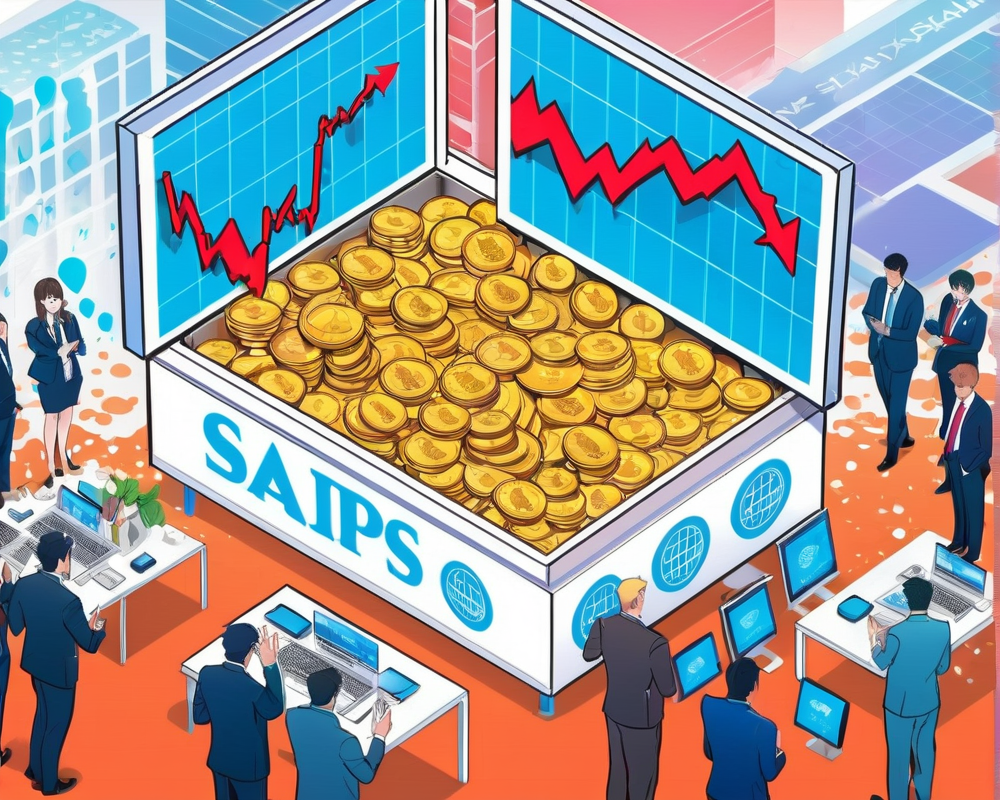The Blunder That Sparked Outrage
In a classic case of miscommunication, Coinbase’s chief legal officer, Paul Grewal, recently found himself in hot water following the exchange’s misguided email labeling the iconic Pepe the Frog meme as a “hate symbol.” Apparently, the only thing more explosive than meme culture is the reaction from a community that takes its memes seriously.
Apologies All Around
On May 11, Grewal took to Twitter to express his regrets over the incident, admitting that they had “screwed up.” In a world where online apologies are as common as cat videos, this one sought to clarify the company’s reasoning behind the initial blunder. According to Grewal, the intention was to offer a “fact-based picture” of a trending topic, but let’s just say the frog didn’t hop over smoothly.
The Memecoin Mania
While Coinbase was caught in a fiasco, the memecoin associated with Pepe, known plainly as PEPE, had been riding a wave of popularity. In the 30 days leading to this debacle, the price of PEPE surged to an all-time high of approximately $0.000004 on May 4. As traders flocked to prominent exchanges like Binance and OKX to grab their share of the trending token, the irony of the situation was almost palpable.
Boycott and Backlash
The fallout from the email was anything but quiet. Users on Crypto Twitter rallied around the hashtag #deletecoinbase, claiming that the meme did not represent hate to them, but rather a beloved part of internet culture. User 6101.eth summed up the sentiments of many, arguing that the outcry stemmed from “some misinformed copy pasta newsletter intern” rather than the company’s core values.
Market Reaction and Future Considerations
Despite the chaos, PEPE’s price took a tumble of over 27% in the following 24 hours, landing at around $0.0000013. Will this affect Coinbase’s operations in the future? It seems only time will tell, but if there’s one lesson to learn here, it’s that when dealing with meme culture, tread lightly—these frogs have more power than one might think!




